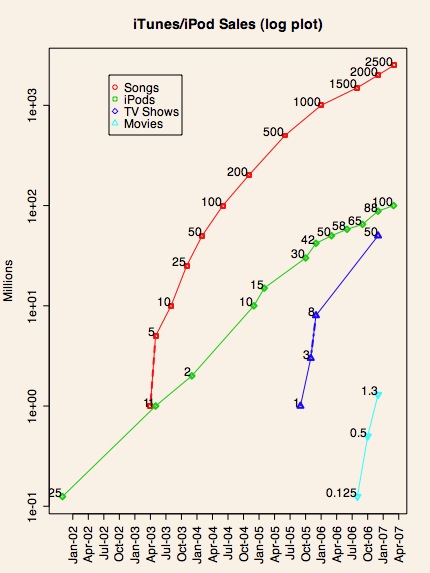[Warning: retired colonel rant upcoming. Sensitive souls look away now.]
I’ve just listened to the first of this year’s Reith Lectures, delivered by Jeffrey Sachs, billed as “one of the world’s foremost economists and advisor to several governments around the world”. It was held in the Royal Society before an invited audience. And it was ‘introduced’ by the fragrant Sue Lawley, a broadcasting celeb, the high point of whose career to date has been hosting Desert Island Discs. The event consisted of a short sermonette by Sachs, followed by an inane Q&A session moderated — if that is the right word — by Lawley.
This has been the pattern for the Reith ‘lectures’ for the last few years. The old idea of a lecture as an hour-length talk, preferably covering terrain that is intellectually demanding, has been abandoned. And not by some brain-dead commercial broadcaster, but by the BBC. Investing the Sachs/Lawley travesty with a Reithian aura warrants prosecution under the Trades Description Act. One of the glories of the ‘real’ Reith Lectures was that they made no concessions to intellectual feebleness or short attention spans (just look at the list of past lecturers and subjects). I still remember wonderful Reith series given by, for example, Edmund Leach, Donald Schon, Richard Hoggart and Daniel Boorstin.
Bah!
Update…A friend tells me that one of the luminaries who asked a ‘question’ was a former Spice Girl. Only David Beckham was missing from the stellar line-up.



